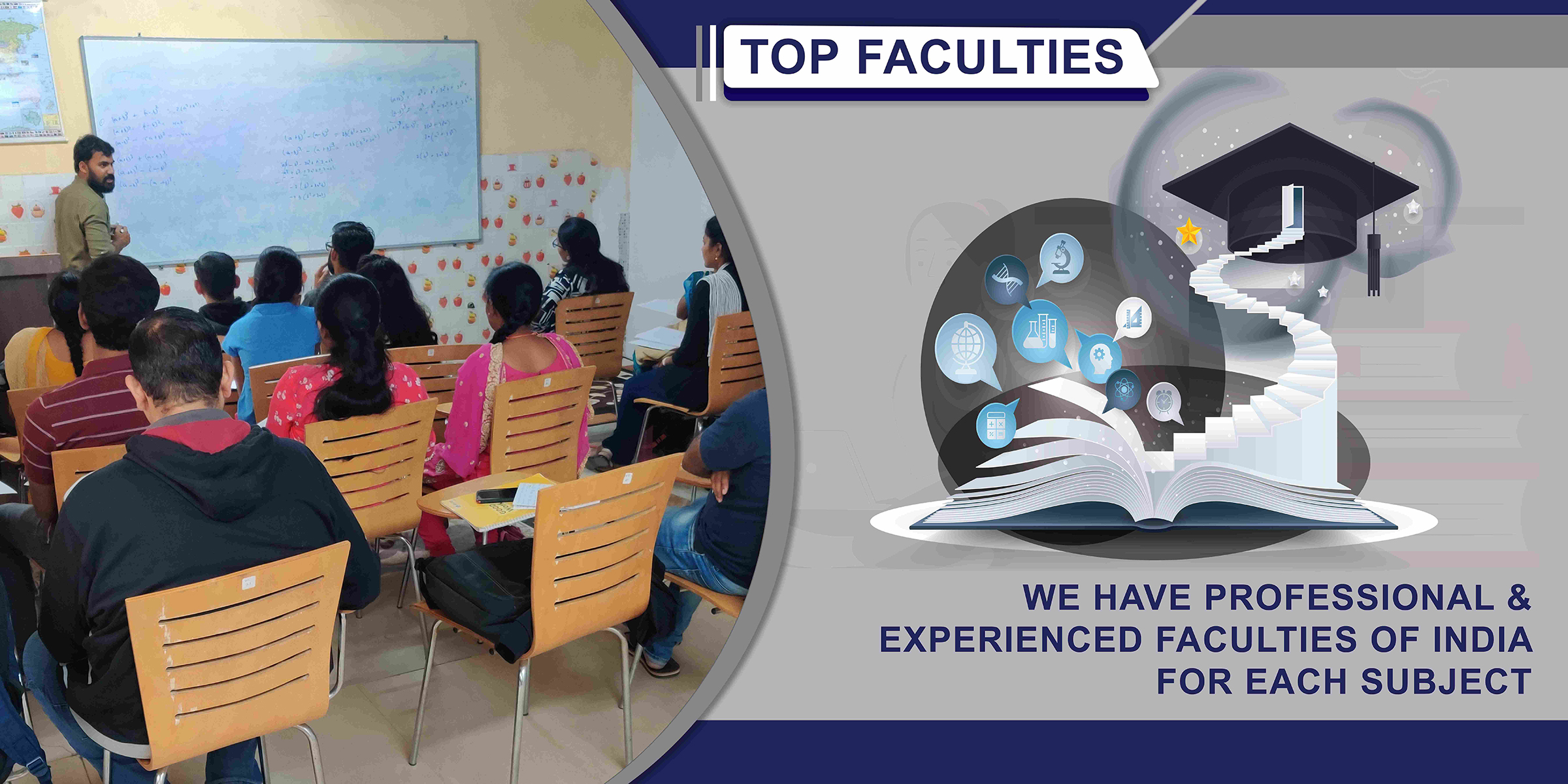- Literary sources: Buddhist literature (The Jataka, The Divyavadana and Ashokvadana), the Puranas, Kautilya’s Arthashastra, and Indica of Megasthenese.
- Chandragupta became the ruler of Magadha after defeating the last Nanda ruler Dhanananda.
- Chandragupta Maurya was the founder of the Mauryan Empire.
- He was supported by a wise man named Chanakya or Kautilya.
- Megasthenese was an ambassador who was sent to the court of Chandragupta by the Greek ruler of west Asia named Seleucus Nicator (Senapati or Commander-inChief of Alexander).
- Chandragupta’s enemies are described in detail inMudrarakshasa, a drama written by Vishakhadatta in the ninth century.
- According to the account of a Roman writer Pliny, Chandragupta maintained 600,000 foot soldiers, 30,000 cavalry and 9,000 elephants.
- Chandragupta abducted his throne and starved himself to death at Sravanabelagola near Mysore in 298 BC.
- Chandragupta was the follower of Jainism.
- Chandragupta defeated Seleucus Nikator in 305 BC.
- Leaving Kerala, Tamil Nadu and parts of north-eastern India, the Mauryas ruled over the whole of the subcontinent.
- The Junagarh rock inscription of Rudradaman says that Chandragupta’s governor Pushyagupta constructed a dam on Sudarshana lake for irrigation.
- According to tradition, Chandragupta grew up among the peacock tamers, herdsman and hunters.
- Brahmanical texts say he was born of Mura, a Sadra woman in the court of the Nandas.
- In some texts, Chandragupta is referred to as Vrishala and Kulahina. Greek literature called him Sandrocattes.
- Chandragupta was succeeded by his son Bindusara.
- Bindusara is known as Amitro Chates or Amitraghata (slayer of foes).
- He received the Greek Ambassador named Daimachus, sent by Antiochus I, king of Syria.
- Bindusara seems to have had interest in the Ajivikas, a religious sect of the time.
- Bindusara appointed his eldest son Sumana (Susima) as his viceroy at Taxila and Ashoka at Ujjain.
- Once Bindusara asked the Syrian king Antiochus I “to buy and send him sweet wine, dried figs and a philosopher”.
- Thereupon the Syrian king replied, “We shall send you figs and wine, but the Greek laws forbid a philosopher to be sold.”
- Bindusara got his name from the bluish spot (a bindu) on his forehead at the time of his birth.
- The most famous Mauryan ruler was Ashoka.
- He fought the Kalinga war in 206 BC in the ninth year of his reign, which proved to be a turning point in his career.
- In the course of the second Dharma Yatra tour (in the 21st year of his reign) he visited Lumbini, the birthplace of Buddha, and worshipped at this holy place.
- In the 14th year of his reign, he started the institution of Dharma Mahamatras.
- His Hellenistic contemporaries were Antiochus II (Syria),Ptolemy II (Egypt), Antigonus (Macedonia), Magus (Of Cyrene) and Alexander (Cyprus).
- He was the first ruler who tried to take his message to the people through inscription.
- His inscriptions were first deciphered by James Princep in 1837.
- The Ashokan inscriptions are found in India, Nepal, Pakistan and Afghanistan.
- Most of Ashoka’s inscriptions were in Prakrit and were written in the Brahmi script.
- The most common title used by Asoka was Devanam Piyadassi (the beloved of the Gods) or just Devanampiya.
- In 269 BC, he ascended the throne of the Mauryan Empire.
- Ashoka reigned for 36 years and died in 232 BC.
- Subhadrangi or Janapadakalyani was Ashoka’s mother.
- The Mauryan dynasty could no longer be a strong political force after Ashoka’s death.
- The immediate successor of Ashoka was his grandson Dasaratha. The Kalinga War and Ashoka’s Zeal for Buddhism.
- Ashoka fought a war to conquer Kalinga (ancient name of coastal Orissa) in 261 BC. However, he was so horrified when he saw the violence and bloodshed that he decided not to fight any more wars.
- He is the only king in the history of the world who gave up the conquest after winning a war.
- Ashoka was converted to Buddhism as a result of the Kalinga war.
- Most Ashokan inscriptions were in Prakrit language while those in the northwest of the subcontinent were in Aramaic and Greek. Most Prakrit inscriptions were written in the Brahmi script; however, some in the northwest were written in Kharosthi. The Aramaic and Greek scripts were used for the i nscriptions in Afghanistan.
- The word dhamma is the Prakrit form of dharma in Sanskrit.
- Dhamma was not defined in terms of caste duties and regulation and was left vague in details, referring itself to the requirements of social ethics. Special officers, known as the Dhamma Mahamatta, were appointed to spread the message of Dhamma.
Major Rock Edicts of Ashoka
Major Rock Edicts are 14 in number and are found at the border of the empire.
Major Rock Edict I: Prohibits sacrifice of animals and festive gatherings.
Major Rock Edict II: Relates to social welfare measures like medical centres for animals as well as men.
Major Rock Edict III: Stresses on acts like generosity to Brahmanas.
Major Rock Edict IV: States that the practice of Dhamma has clearly helped in promoting a decline in killing living beings.
Major Rock Edict VII: Wishes that all sects may dwell in all places, for all seek self-control and a pure mind.
Major Rock Edict XI: Mentions that there is no gift comparable to that of Dhamma.
Major Rock Edict XII: Emphasises Ashoka’s toleration of sects.
The name Asoka is mentioned in Mashi and Gurja edict.
Ashoka sent ambassadors of peace to the Greek kingdoms in West Asia and Greece.
He also sent missionaries for the propagation of Buddhism to Sri Lanka and Central Asia.
- The Mauryan empire was divided into five provinces:
- The important provinces were directly under Kumaras (princes).
- The king was assisted in administration by a Council of Ministers (Mantriparishad).
- According to Megasthenese, the city was administered by a council of 30 members divided into boards of five members each.
- Amatyas: Highest civil or military servants.
- Rajukas: They combined their judicial functions, both in the cities and rural areas.
- Yukta: His duty was the recording of information from varied sources.
- There are seven major pillar edicts and three minor pillar edicts.
- Kaushambi Pillar edict: It was shifted to Allahabad by Jahangir.
- The Kaushambi pillar edict is also called “Queen’s edict”. It talks about the queen Karuvahi.
- Delhi–Topra Pillar Edict: The Pillar at Topra near Ambala was shifted to Delhi by Feroz Shah Tughlaq.
- According to Megasthenese, there were seven castes of Mauryan society — philosophers, farmers, soldiers, herdsmen, artisans, magistrates and councillors.
- State-owned lands were called Sita lands.
- Land revenue was the main source of income.
- Bhaga was the royal share of the produce. It was generally 1/6 of the produce.
- The espionage department worked under Mahamatyapasurpa.
- The officials and the soldiers were paid in cash (Panas).
Punch-Marked Coins
- The first documented coinage is deemed to start with ‘punch-marked’ coins issued between the 7th-6th century BC and 21st century AD. These coins are called ‘punchmarked’ coins because of their manufacturing technique.
- Mostly made of silver, these bear symbols, each of which was punched on the coin with a separate punch.
- Issued initially by merchant guilds, the coins represented a trade currency belonging to a period of intensive trade activity and urban development.
- The coins are broadly classified into two periods: the first period (attributed to Janapadas or small local states) and the second period (attributed to the imperial Mauryan period)
- Mostly found on these coins were images drawn from nature like the sun, various animal motifs, trees, hills etc. and some were geometrical symbols.
- The coins used in those days were called Karshapana.
- Punch-marked coins were made of silver.
- In the Mauryan period stone culture dramatically emerged as the principal medium of Indian arts. The finest examples are those of Ashoka’s monolithic pillars.
- The four lions on the Sarnath pillar and the smaller figures of animals in relief of the abacus exhibit remarkable beauty and vigour.
- Ashoka a built a large number of stupas, probably 84,000.
- A more important heritage of the Mauryans are the caves built out of Barabar hills near Gaya.





